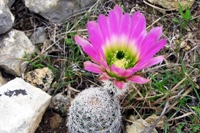 |
TEXAS CACTI
|
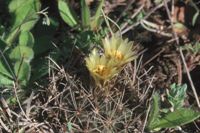 |
|---|
BIOTIC REGIONS OF TEXAS |
|---|
 |
Chihuahuan (60)Tampaulipan (24)Balconian (23)Kansan (21)Navahonian (14)Subtropical Shrub (13)Texan (10)Coastal Plain (5)Austroriparian (2)( ) number of species found in the area * Modified from Blair, Frank 1950
|
|---|
CHIHUAHUAN REGION |
|---|
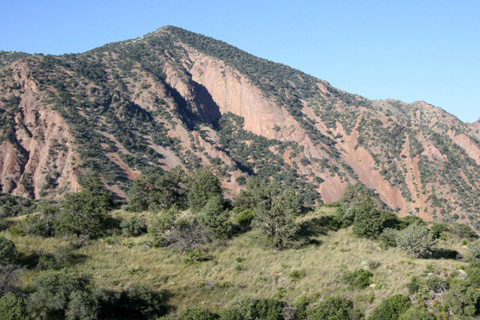 |
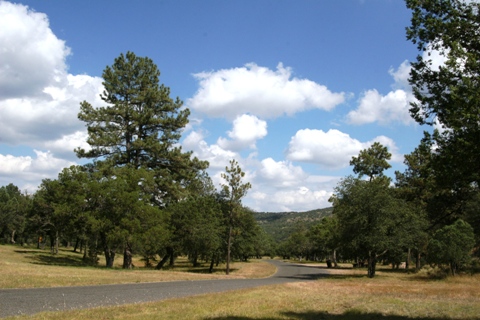 |
|---|---|
Most of the mountains are open woodland with grasses, oak, juniper, pinyon pine, and some unique cacti. Most of the mountains in this area are igneous in origin. |
A little higher up in the mountains there is ponderosa pine, pinyon pine, Douglas fir, oak, and open areas or various grasses. |
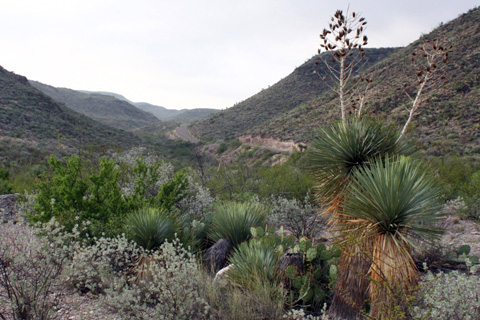 |
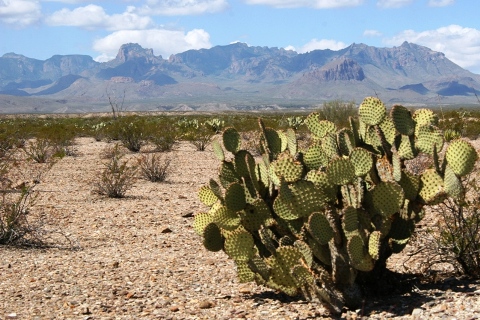 |
Limestone areas are found in the southeastern part of the region plus the Glass Mnts. This is basic desert vegetation - yucca, sotol, sage, creosote, acacia, blackbrush, etc. |
Also present in this region are creosote flats, with rock rubble as substrate. |
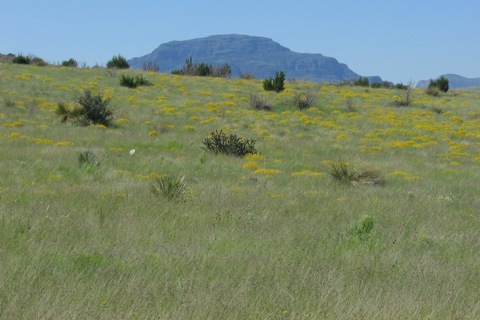 |
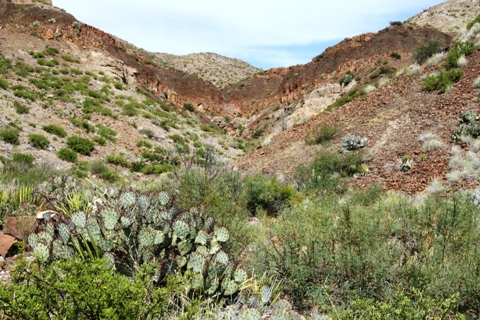 |
| Around the edges of the Davis Mountains, there are extensive grasslands. In some areas the grassland has been invaded by mesquite and/or juniper. | West of Big Bend National Park are igneous rocky areas . This area contains typical desert shrub with a good variety of cacti in the area. |
TAMPAULIPAN REGION |
|---|
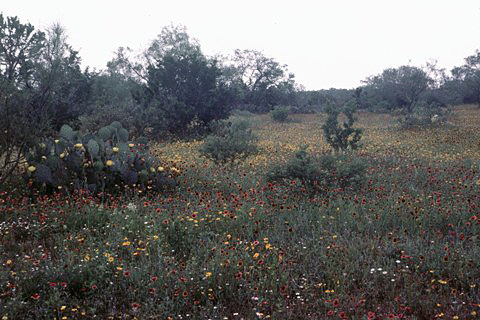 |
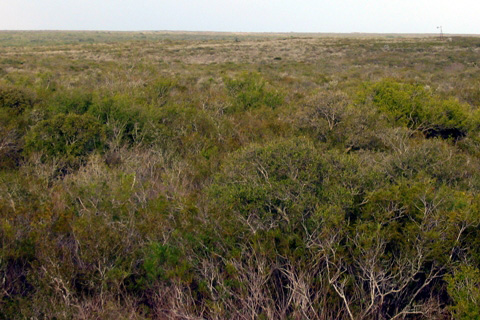 |
|---|---|
| When the Spaniards first set foot in this region, it contained mostly grasses with thick brush along the creeks and draws. South Texas is now known as the brush country. | Many areas now are so thick with woody brush that it is almost impossible to walk through without getting ripped up from all the thorns. There is still a good variety of cacti is this region. |
BALCONIAN REGION |
|---|
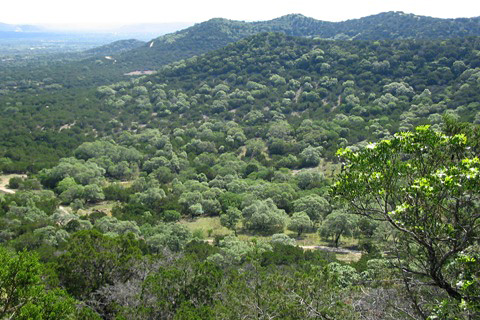 |
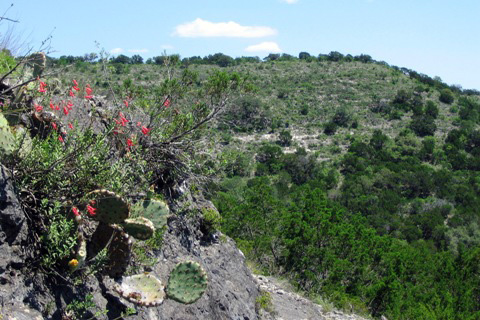 |
|---|---|
| This region is primarily formed of limestone except for the Llano basin which is granite. Canyons contain a mixture of oaks, juniper, black cherry, and other hard woods. The tops of the hills were traditionally made up of grasslands. | Over-grazing through the years and fire suppression has encouraged the spread of trees such as juniper, mesquite, and live oak. Juniper has become a major problem in some areas. |
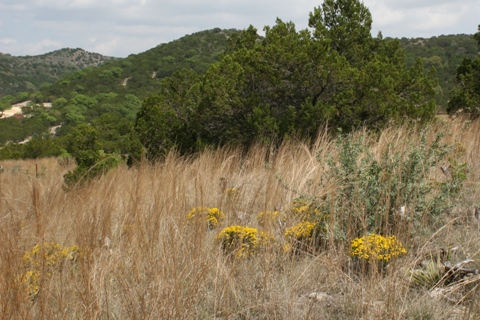 |
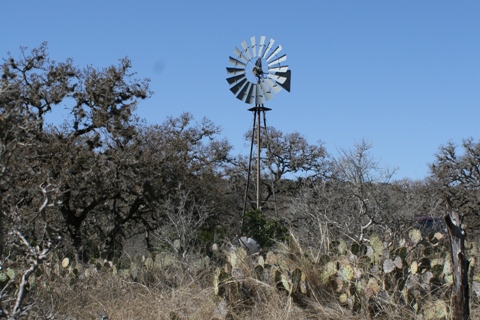 |
| There is a diverse variety of grasses in those areas that are not over-grazed or in areas that have been cleared of juniper. | In some areas, opuntia has become over abundant. |
KANSAN REGION |
|---|
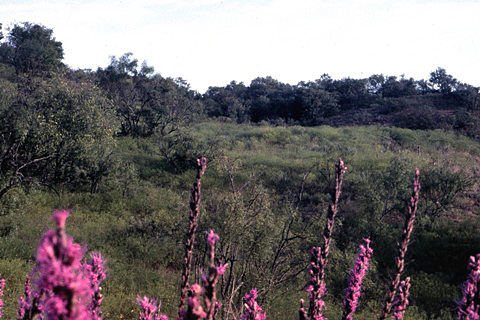 |
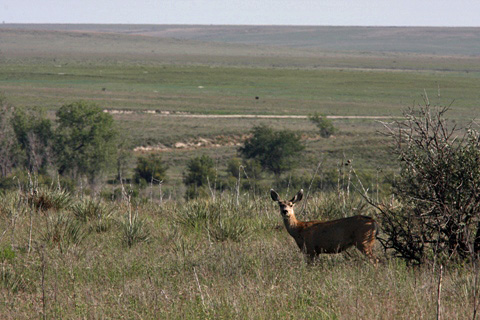 |
|---|---|
| This region is made of two major vegetation zones, the rolling plains and the high plains. They were both grasslands in the past and still are in those areas that have been left alone. | Very little of the natural high plains vegetation remains today. Most of the area has been converted to crop land. There are some major canyons and river drainages that influence what cacti can be found there. |
NAVAHONIAN REGION |
|---|
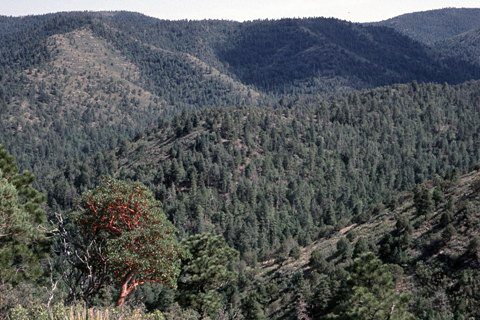 |
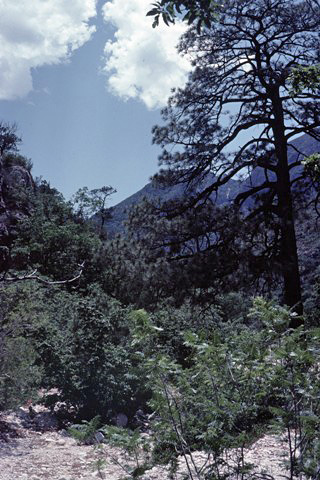 |
|---|---|
| The Navahonian Region is made of the Guadalupe Mountains. This is an ancient coral reef and therefore it is made up of limestone. This area is more like the mountains of New Mexico than the mountains of the Chihuahuan Desert. | The bowl contains a variety of trees such as Ponderosa Pine, Pinyon Pine, Douglas Fir, Southwestern White Pine, and Gambel's Oak. The hillsides that are less covered contain a few varieties of cacti. One to look for here is Coryphantha sneedii. |
SUBTROPICAL SHRUB (not a Biotic region) |
|---|
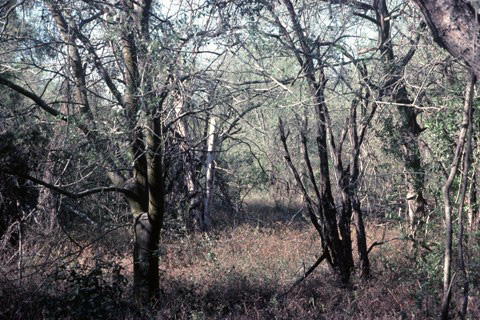 |
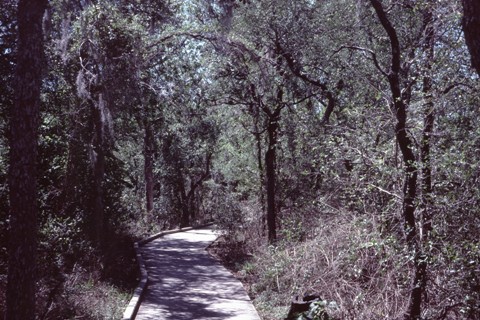 |
|---|---|
| I separated this area out from the Tamaulipan Region due to habitat differences and variety of plant life. | In the areas that have not been deforested, there is a canopy of thick hardwoods. This a prime habitat for Opuntia sp. and A. tetragonus. |
TEXAN REGION |
|---|
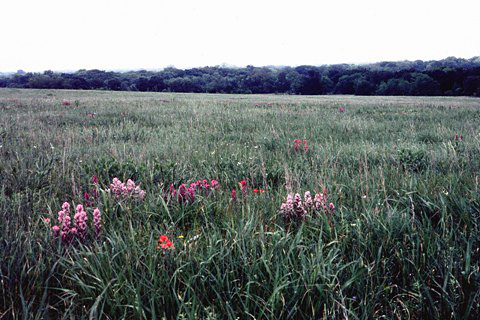 |
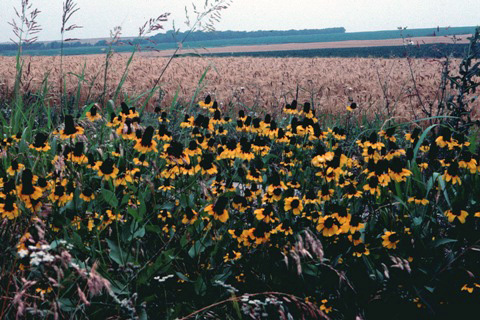 |
|---|---|
| This region is made up of prairies and woodland savannahs. The Blackland Prairie is over 90% gone. | Most of the prairies have been converted into cropland or real estate development. |
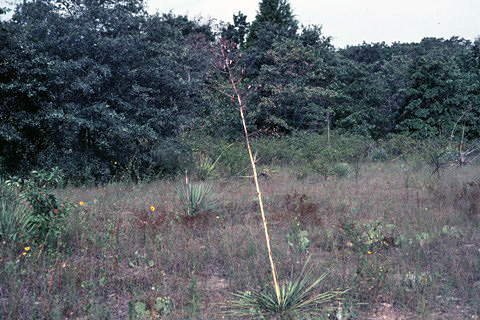 |
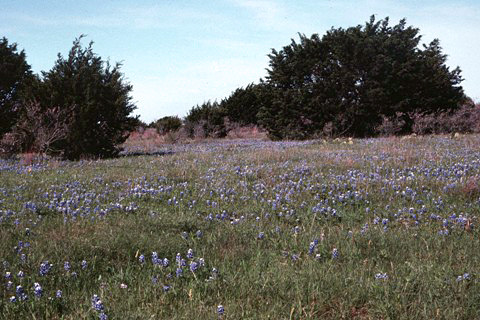 |
| The hardwood savannahs, the Post Oak Belt and the Cross Timbers have been over-grazed to the point where very little of the original grasses occur or have been replaced with bermuda grass. | The Cross Timbers is a mix of grassland and hardwood. In some areas juniper is invading the grassland. |
COASTAL PLAIN (not a Biotic region) |
|---|
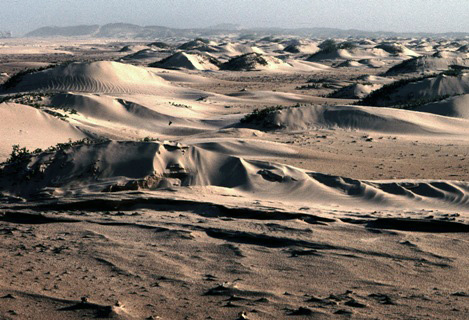 |
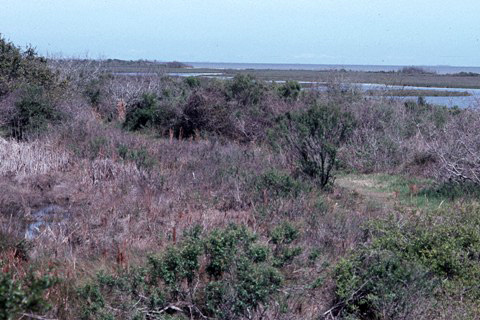 |
|---|---|
| I also separated out the sand dunes and the sandy areas along the coasts as an area of interest. There are a few interesting cacti found in these areas. | Just back of the sand dunes is an area that is thick with brush and grasses. Opuntia sp. are about the only type of cactus. |
AUSTRORIPARIAN REGION |
|---|
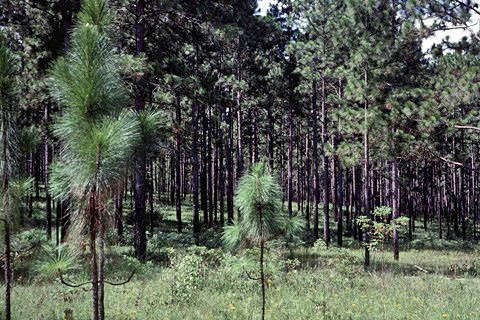 |
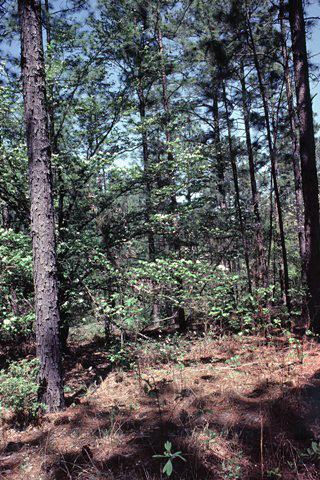 |
|---|---|
| This eastern zone includes hardwood bottoms, pine wood flats, hardwood/pine forests, open grassy glades, and pine ridges. The long-leaf pine forests are made up of sandy ridges that are dry enough for cacti. | There are other forests in east Texas that are made up of sandstone ridges that may contain cacti. |